Animal-Friendly Horticulture
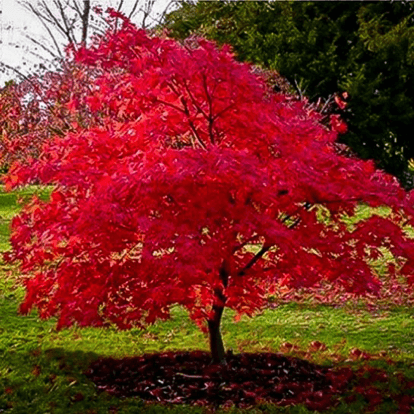
Amur Maple
Animal-Friendly Horticulture
As temps begin to rise in Horse Country and beyond, many people — including the horticulture team at Golden Ocala Golf & Equestrian Club — are establishing summertime landscapes to grace lawns and gardens. Now, one of the most important concepts to consider is not only the beautification of the landscapes, but how surrounding animals will interact with those landscapes they so often encounter. Before putting your garden tools to work, you must know which plants are toxic to cats, dogs, horses and any other creatures that may enter your community, as well as how to make way for animal-friendly maintenance and install an animal-friendly landscape design.
Animal-Friendly Varieties
There are many varieties of plants that all aspiring horticulturists should familiarize themselves with, as they are separated into toxic and nontoxic plant lists pertaining to cats, dogs and horses — as compiled by the Director of Horticulture, Bob Hollis. A toxic plant may have a systemic effect on animals and possibly intense effects on the gastrointestinal tract.
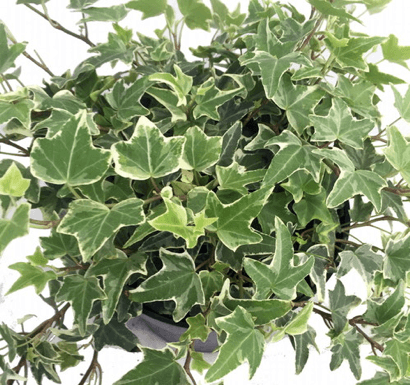
Glacier Ivy
Plants that are toxic to cats include:
- Adam-and-Eve, such as starch root, Cuckoo Plant and Bobbins
- African Wonder Tree
- Bay Laurel, such Sweet Bay and the Bay Tree
- Begonia
- Bird of Paradise, such as Poinciana and Peacock Flower
Some plants that are nontoxic to cats are:
- Acorn Squash
- Aluminum Plant, such as Watermelon Plant
- Baby Rubber Plant, such as Pepper Face and American rubber plant
- Bamboo, such as golden bamboo
- Beets, such as beet root or sugar beet
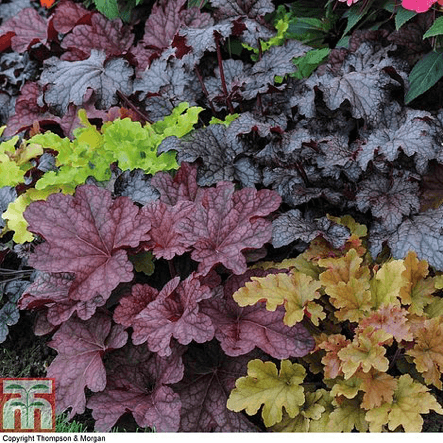
Coral Bells
Some plants that are toxic to dogs:
- Ambrosia Mexicana, such as Feather Geranium
- Apricot, in the same group that includes plum, peach and cherry
- Bird’s Tongue Flower, such as Crane Flower
- Black Calla, such as Solomon’s Lily and Wild Calla
- Buckeye, such as Horse Chestnut
Some plants that are nontoxic to dogs are:
- Alumroot, such as Coral Bells
- Amur Maple
- Basil, such as sweet basil and Thai basil
- Black Haw, such as Wild Raisin and Nannyberry
- California Pitcher Plant, such as Cobra Orchid and Cobra Plant
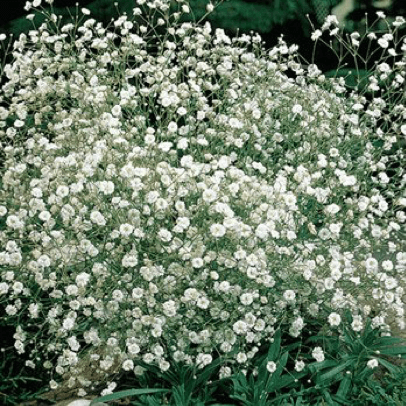
Baby’s Breath
Some plants that are toxic to horses are:
- American Mandrake, such as Umbrella Leaf and Wild Lemon
- Azalea, such as Rosebay
- Boxwood
- Branching Ivy, such as Glacier Ivy and Needlepoint
- Carnation, such as Wild Carnation
Some plants that are nontoxic to horses are:
- Baby’s Breath
- Bachelor Buttons, such as Cornflower
- Blue Daisy
- Florida Butterfly Orchid, such as Scarlet Orchid
- Gerbera Daisy
Applying Chemicals Around Animals

Bachelor Buttons
A new or reestablished landscape often calls for various chemicals. However, chemicals may not be the safest materials to use around animals, as these creatures tend to lick themselves to stay clean, possibly ingesting anything they may encounter and putting themselves in potential danger. To help combat this concern, Bob Hollis and his crew attempt to apply animal-safe materials to the landscapes at Golden Ocala. This may require the use of diatomaceous earth or botanical sprays that help to reduce chemicals in the landscape. Individuals may help their own pets by giving cats an outdoor litter box that helps curb their need to dig in the dirt.
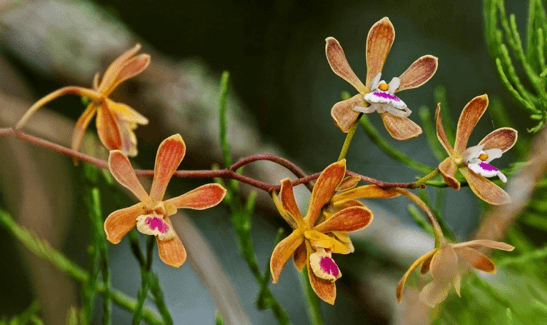
Florida Butterfly Orchids
Producing desired results for the animal-safe plant care plan depends largely on the products used and the rates at which those products are used. This incorporates a well-defined Integrated Pest Management (IPM) program. Based on prevention, monitoring and control, it offers the opportunity to eliminate or drastically reduce the use of pesticides via methods and techniques that apply culture, biology and structure.
At Golden Ocala, this means observing the landscape to determine the existing pest pressure and whether it’s enough to treat with chemicals or organic strategies. For example, sometimes, selective pruning is enough to reduce negative pressure. Other times, Bob and his landscape team must use a chemical — at an effective and safe rate — to reduce the problem.
Animal-Friendly Landscape Designs
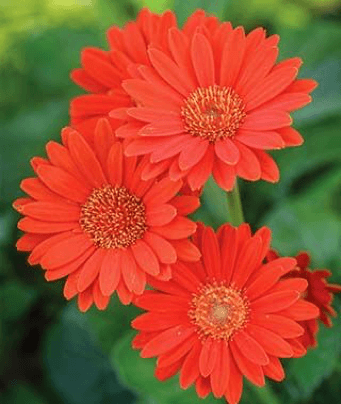
Gerbera Daisy
As soon as you select your plant varieties and know how to apply an IPM program, you are ready to select an animal-friendly landscape design. It should be tailored to specific environmental factors — shade, sun exposure, rainfall amounts, types of animals in the area, etc.
Since Golden Ocala covers a lot of landscaped ground, our staff always takes the environment into consideration — especially with upgrades like newly installed materials. Bob’s policy is to attempt to keep roadside and common areas free of plant materials that may be toxic to pets. We never know when a dog, horse or the like may be walking in or around the community, so proceeding with caution is prudent.
Just as Golden Ocala has a process, we can help you find the animal-friendly plant process that’s right for your property and neighborhood. For more information, call Bob at (352) 629-6229.